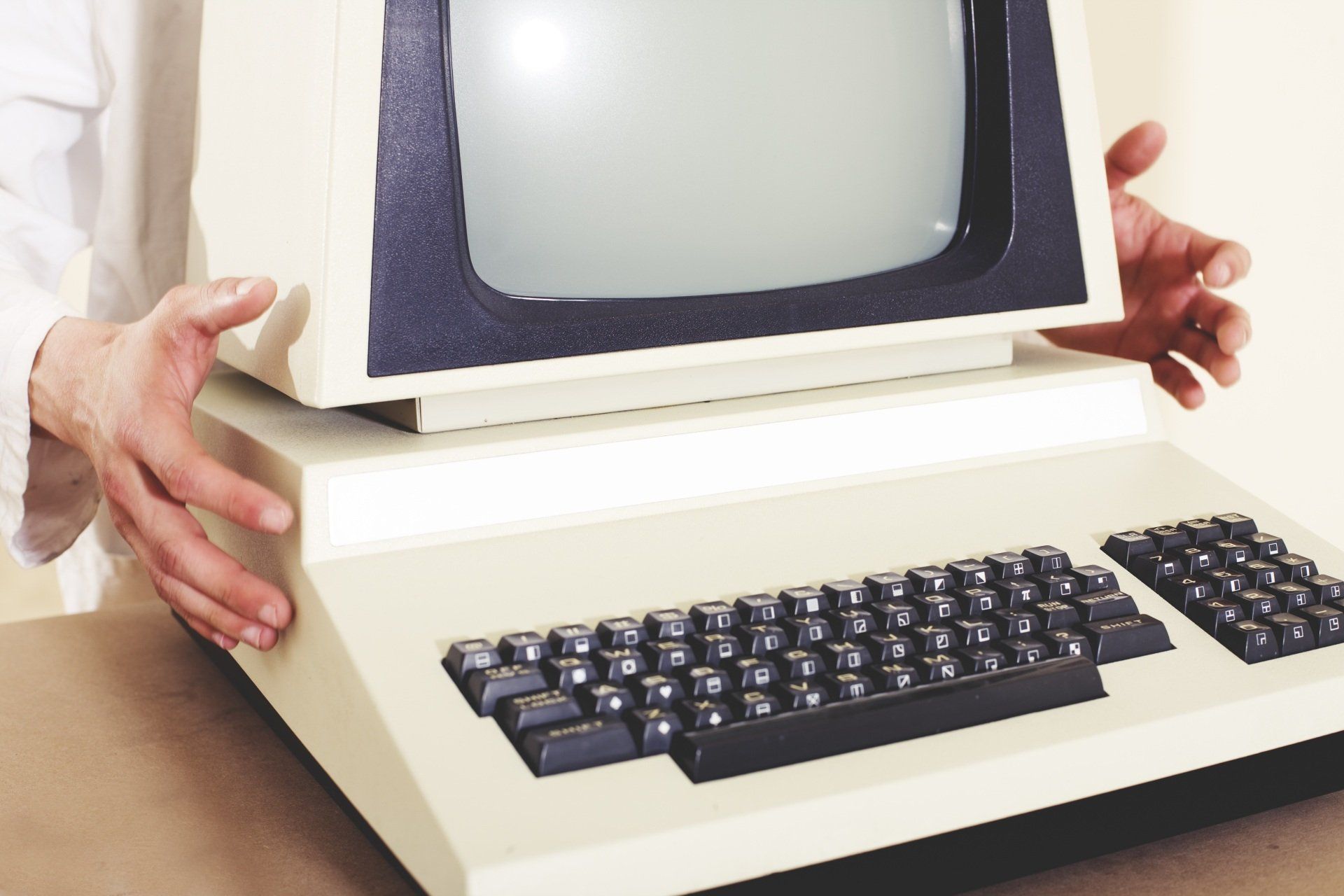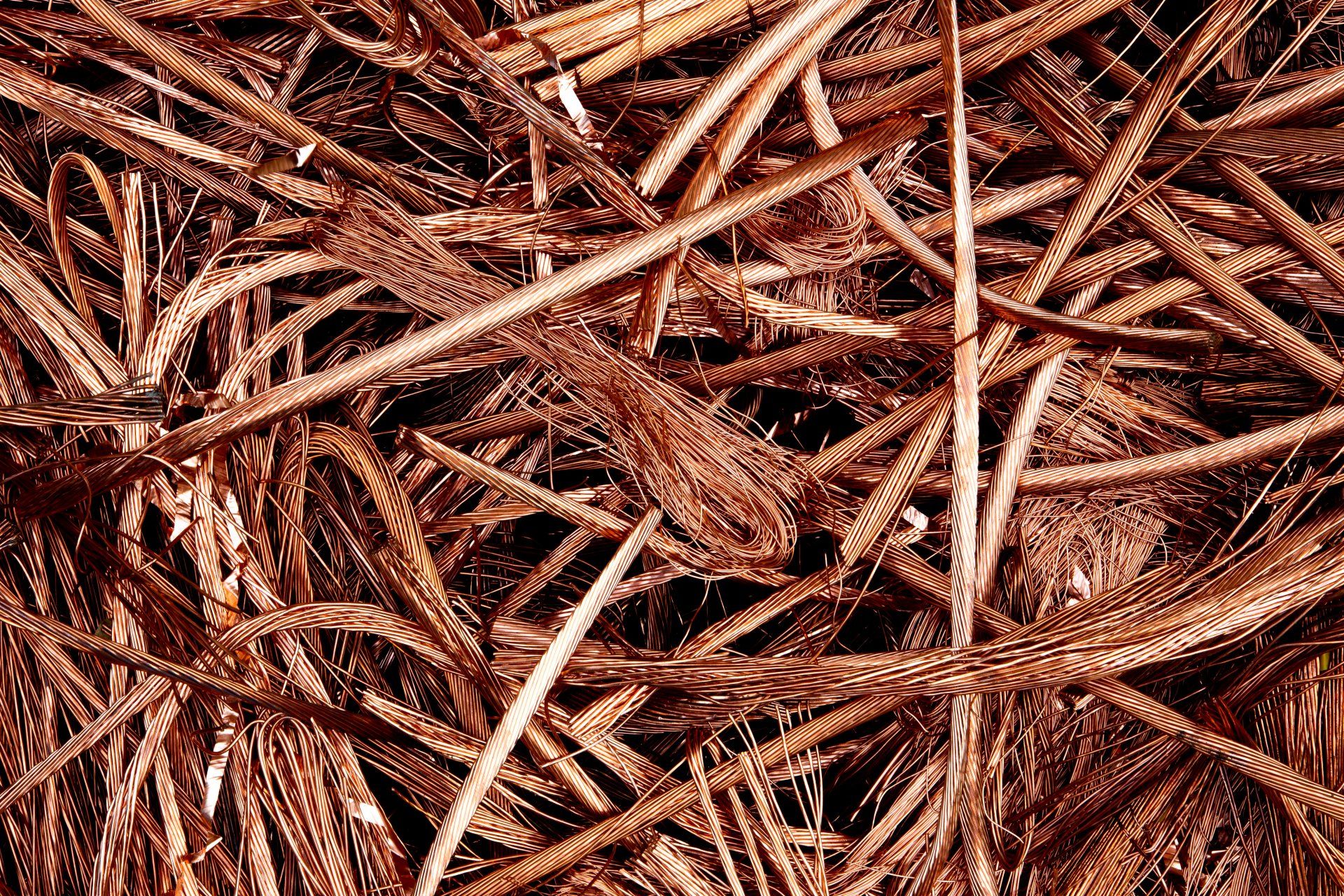Your Guide to Non-Ferrous Metals vs. Ferrous Metals
Scrap metal is classified into two categories: ferrous and non-ferrous metals. The most basic distinction between the two is that ferrous metals contain iron and non-ferrous metals do not. Since the dawn of civilization, humans used both types of metals. Ferrous and non-ferrous metals have their own distinct properties. It is these properties that affect how the metals are used and recycled. Here is a guide to help you tell the difference.
Ferrous Metals
As stated above, ferrous metals contain some amount of iron. These metals include alloy steel, wrought iron, cast iron, and carbon steel. Ferrous metals are appreciated for their tensile strength and durability. Due to these properties, some common places where ferrous metals are used are skyscrapers, shipping containers, railroad tracks, long bridges, industrial piping, and automobiles. It is the high carbon content that causes ferrous metals to rust easily. These same metals are also magnetic leading to their usage in appliances, such as refrigerators.
Ferrous metals are easier to come by making the supply much higher than non-ferrous metals. In fact, ferrous metals are the most recycled materials in the world. This drives the scrap metal prices down. Since ferrous metals are recycled consistently throughout the world the prices tend to remain steady, only fluctuating up and down a little bit.
Non-Ferrous Metals
Non-ferrous metals include aluminum, copper, zinc, and tin. Gold and silver, common precious metals, assimilate with this category. Containing no iron, non-ferrous metals are not as susceptible to rusting and corrosion. This makes them a good choice for piping, gutters, outdoor signs, and roofs. They are also non-magnetic making them good for electronics and wiring uses.
Non-ferrous metals make up a small percentage of the scrap metal recycling industry but, by value, they make up more than half of the industry. Non-ferrous metals are harder to come by making the supply low and the demand high. This drives the prices up. Aluminum tends to remain steady due to general recycling efforts (ex. soda cans) but other types of non-ferrous metals, such as copper and brass, can fluctuate widely in prices.
When looking to recycle ferrous or non-ferrous metals, always call your dealer ahead of time to get the most current prices. Look over this guide to help you spot the difference. Be sure to contact us for current rates.
The post Your Guide to Non-Ferrous Metals vs. Ferrous Metals appeared first on Scrap Mart Metals.
Benefits of Recycling Scrap Metal




